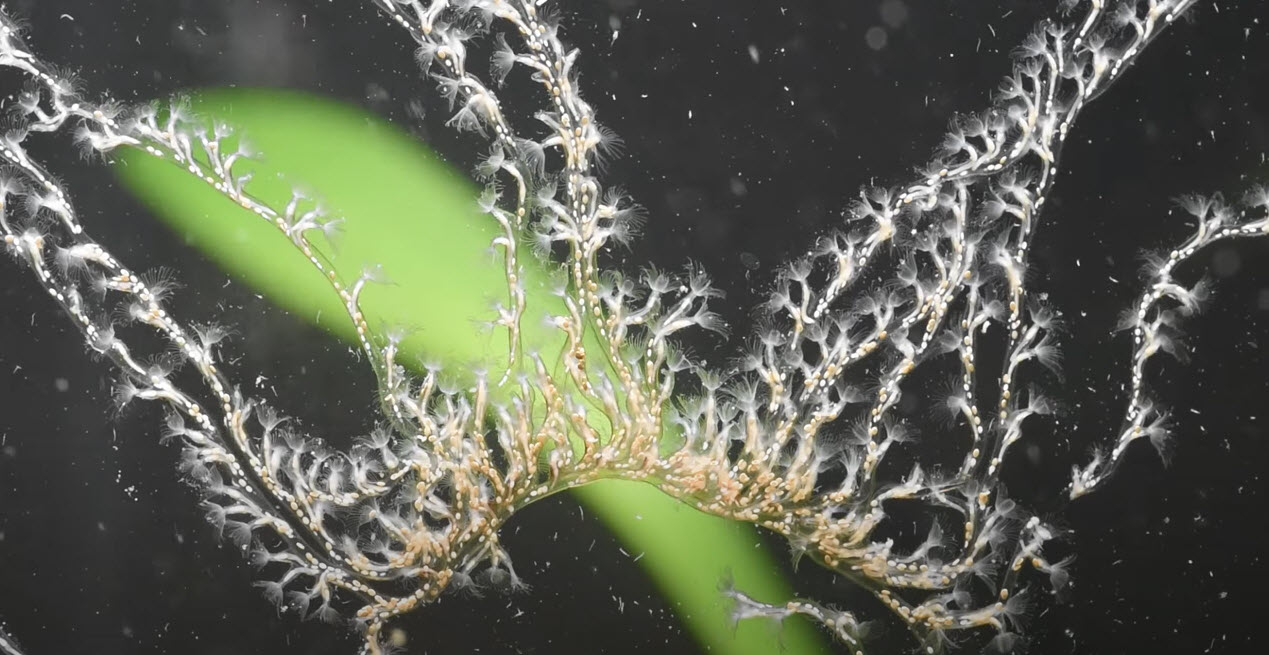
Bryozoans
One interesting little critter that looks much like a hydra but is a different type of animal is something called a “bryozoan”. It acts and looks much like hydra but tends to occur in clusters and colonies, often quite large. It is very rarely seen in the aquarium. The little bodies have many more arms than hydra. Sometimes it forms large creamy white brain like structures that are quite hard, much like a freshwater brain coral. It is harmless.
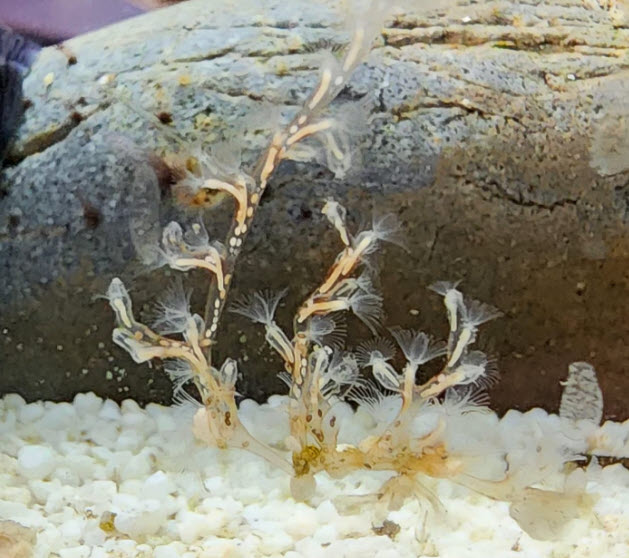
Bryozoans are sessile filter-feeding multi-cellular animals. Their name, bryozoan, translates from Latin as “moss animal”. There are over 4,000 species found worldwide, with about 50 species living solely in freshwater.
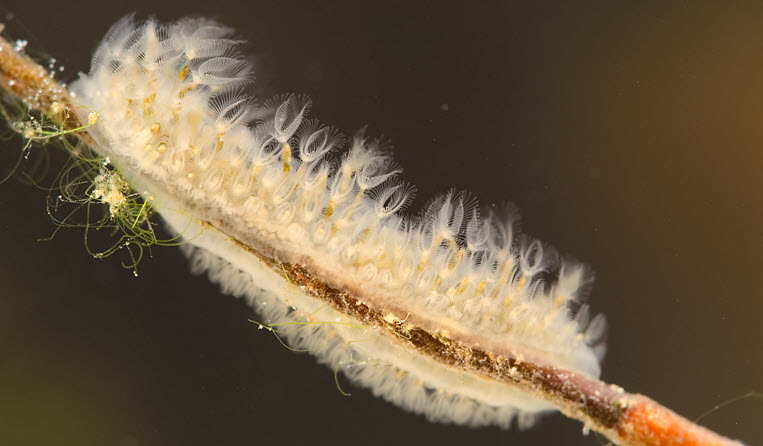
Each species of bryozoan can have a different appearance, but perhaps the one that stands out the most is Pectinatella magnifica. Their large gelatinous colonies are eye catching and intriguing. What we see in the water is the colony made up of hundreds to thousands of microscopic animals, called zooids.
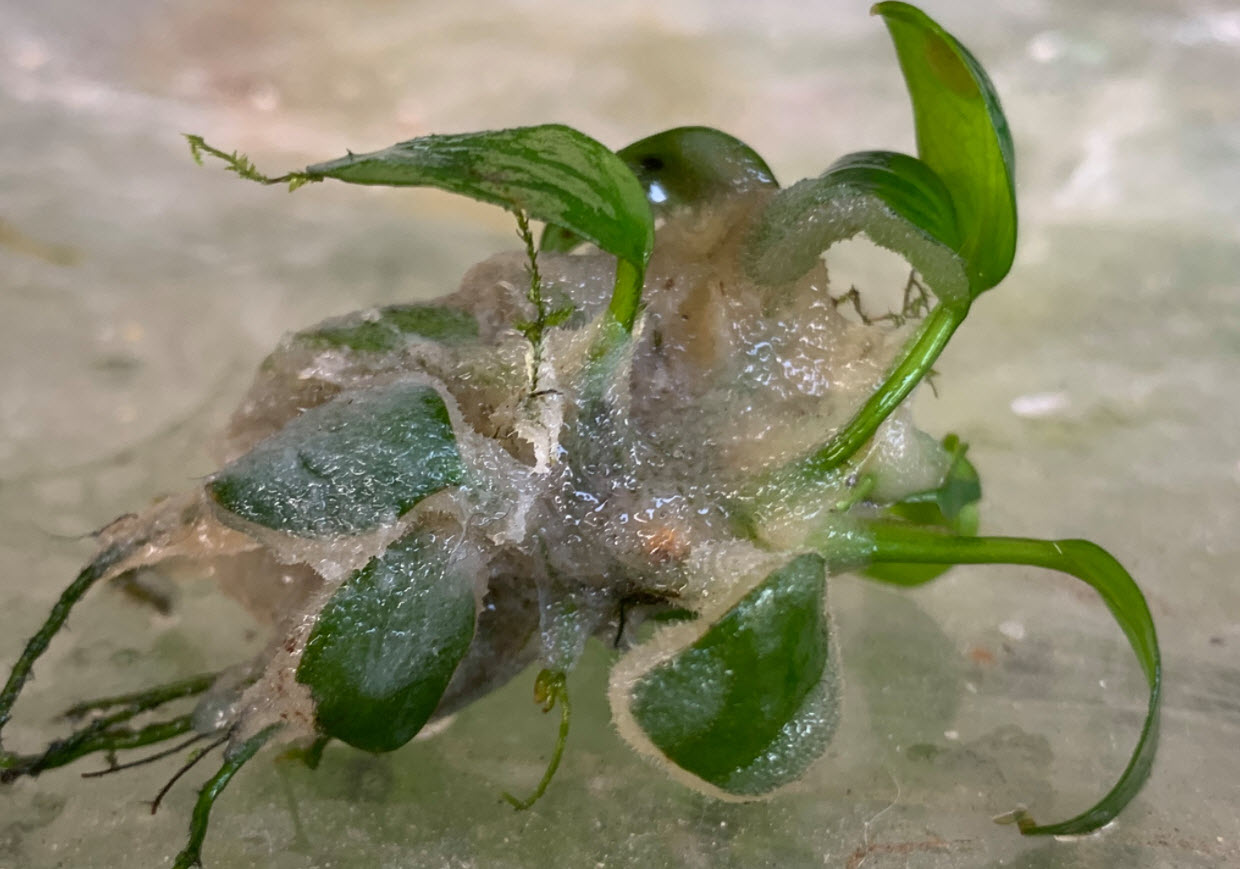
In P. magnifica, the zooids grow in a unique rosette pattern on a substrate they create themselves; each rosette contains several zooids. They form a firm and slimy base which attaches to anything stationary below the surface of the water. The colony can range in color from clear to green to a brown-red and resemble a brain, usually around 2 – 4 inches in diameter, with some colonies growing to 2 feet or more.
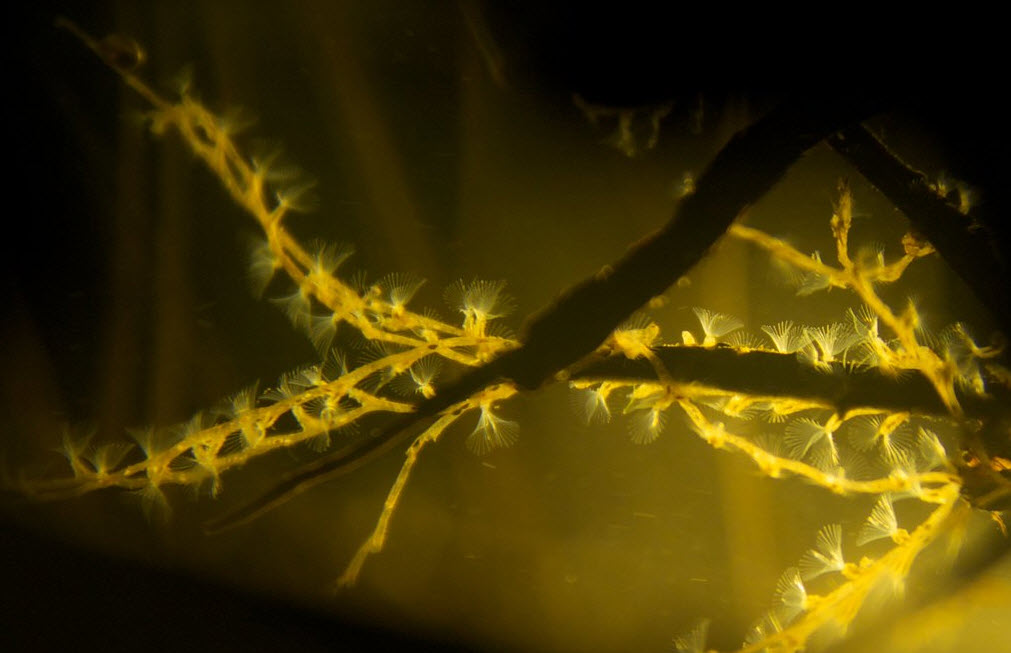
The diet of bryozoans consists of bacteria, algae, and protozoa. They use tentacles lined with microscopic hairs located at the end of its body to catch food particles and draw them towards its mouth. The body cavity is “U” shaped with the tentacles circling the mouth; waste is expelled just below their mouth.
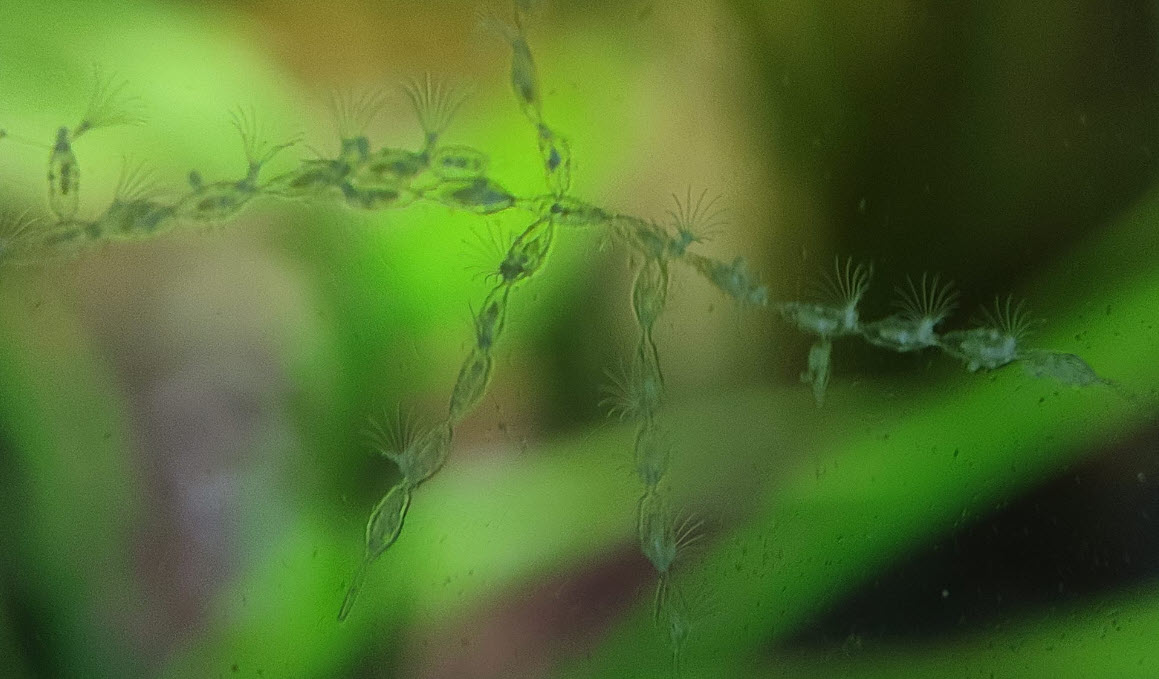
Stentors
This is a still from a Facebook video of a huge colony of what at first glance were unusual hydra. They looked just like tiny umbrellas waving in the current. This very unusual little animal is a stentor. Stentors are not related to hydra or bryozoans. Stentors are some of the largest single celled organisms there are.
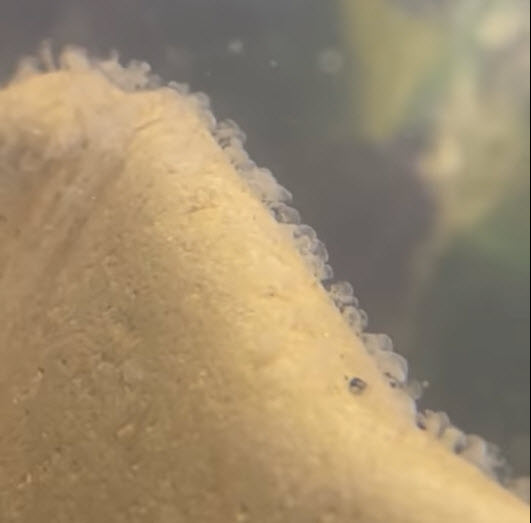
Description from Wikipedia
“The body, or cortex, is generally horn-shaped, hence the association with the Greek herald, and the former name “trumpet animalcule”. A ring of prominent cilia around the anterior “bell” sweep in food and aid in swimming. Some reach several millimeters in length, making them among the largest single-celled organisms. Stentor can come in different colors: for example, S. coeruleus can appear blue due to the presence of stentorin, a natural pigment. As in many freshwater protozoans, Stentor has a contractile vacuole. Because the concentration of salt inside the cell and in the surrounding freshwater is different, Stentor must store water that enters it by osmosis and then discharge it from the vacuole. They can regenerate, and small fragments can grow into full organisms. Each cell has one (often elongated) macronucleus and several micronuclei.”
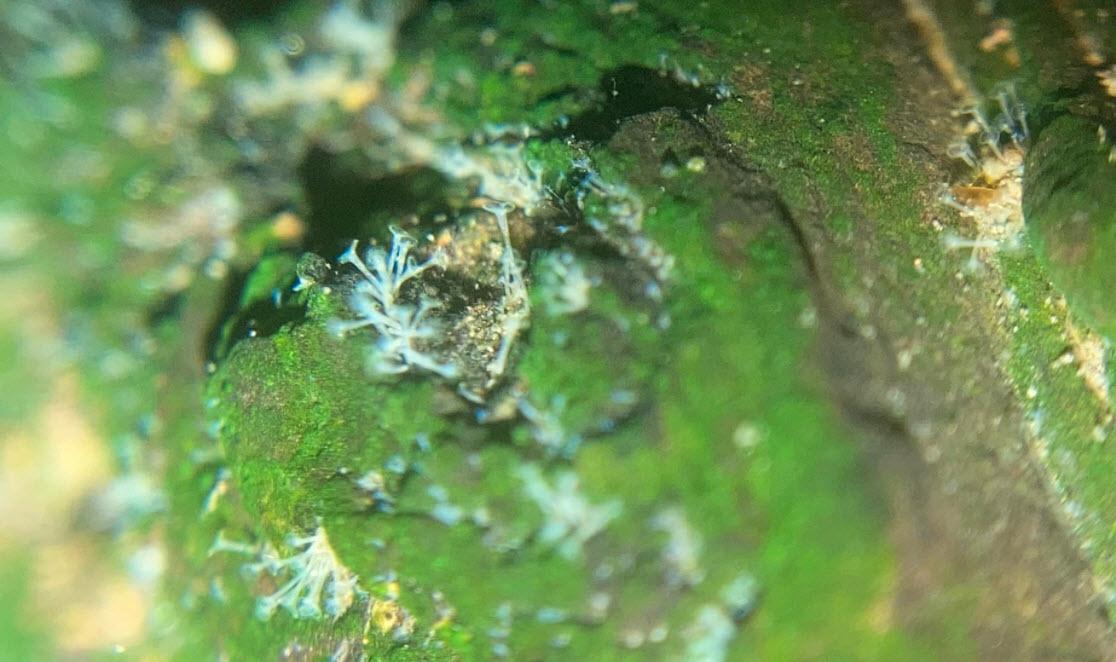
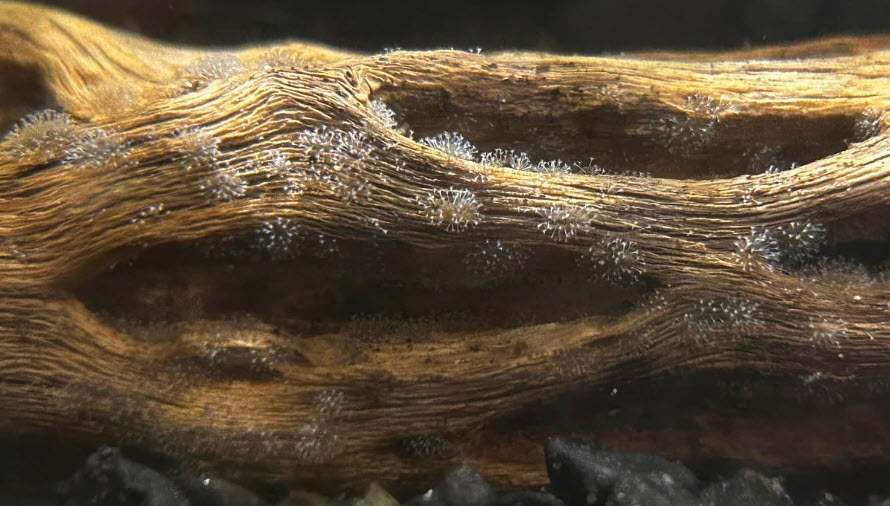
Stentors are harmless and just part of the ecosystem of any aquarium. They are rarely large enough to be seen in the aquarium.
More Information
For more information on all the different pests found in an aquarium click on this link:
10.13. Pests in the Aquarium
Return to Diseases Menu
.
Aquarium Science Website
The chapters shown below or on the right side in maroon lead to close to 400 articles on all aspects of keeping a freshwater aquarium. These articles have NO links to profit making sites and are thus unbiased in their recommendations, unlike all the for-profit sites you will find with Google. Bookmark and browse!
.

David says
I have a small colony of bryozoans living on a moss stem in my aquarium. They came unnoticed with the water, mud and plants collected from a few streams and ponds. That was last winter. The three types of snails, all collected locally and the introduced ghost shrimp and fish, ignore the bryozoans. I’m happy to have them. I must be doing things right to keep them thriving.
Sanyu says
Ye do they eat other plants they seem to cling onto my water wisteria and now its leave are turning brown
Dave says
In reply to anonymous …. I have no idea. Sorry.
Anonymous says
Do fish eat Bryozoans and Stentors?
How about snails, shrimp etc, do they eat them?